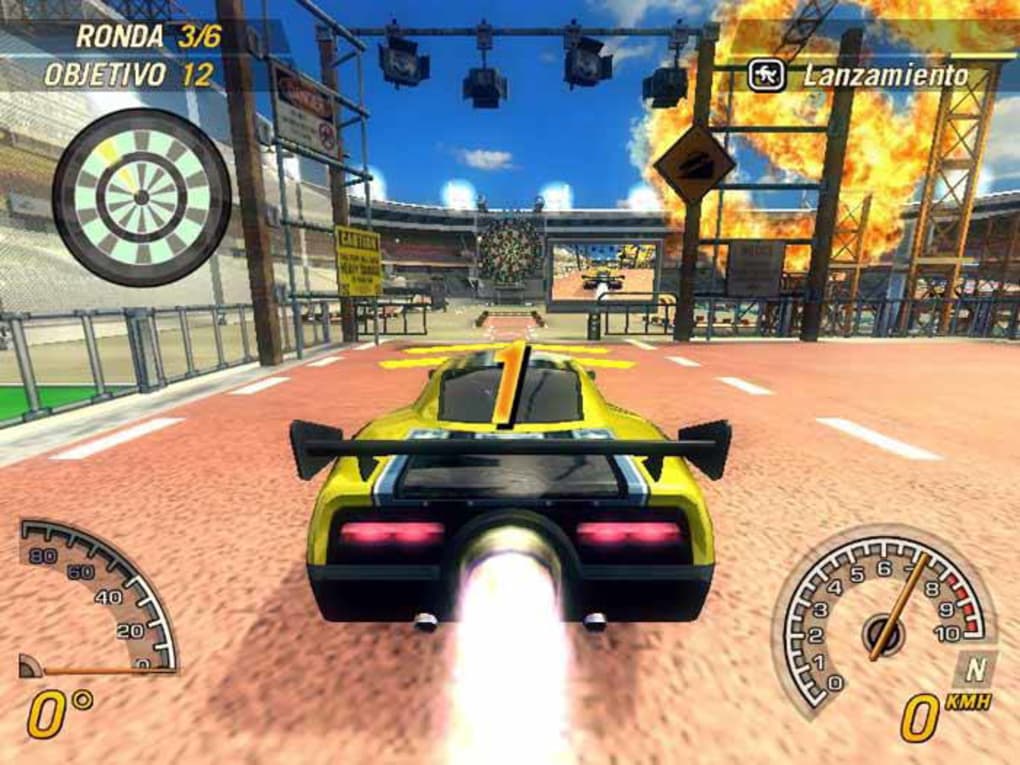

#from collections import Iterable # < p圓8 This can flatten both simple and complicated containers (see also Demo). Here is a general approach that applies to numbers, strings, nested lists and mixed containers. Return functools.reduce(operator.iconcat, a, ) If the number of sublists is large, this performs a little worse than the above suggestion.Ĭode to reproduce the plot: import functools ( operator.iadd is equally fast.)Ī simpler and also acceptable variant is out = To be the fastest solution, both when many small lists and few long lists are concatenated. I tested most suggested solutions with perfplot (a pet project of mine, essentially a wrapper around timeit), and found import functoolsįunctools.reduce(operator.iconcat, a, ) The list comprehension just generates one list, once, and copies each item over (from its original place of residence to the result list) also exactly once.

So, for simplicity and without actual loss of generality, say you have T sublists of k items each: the first k items are copied back and forth T-1 times, the second k items T-2 times, and so on total number of copies is k times the sum of x for x from 1 to T excluded, i.e., k * (T**2)/2.

$ python -mtimeit -s't=,, ]*99' 'reduce(lambda x,y: x+y,t)'Įxplanation: the shortcuts based on + (including the implied use in sum) are, of necessity, O(T**2) when there are T sublists - as the intermediate result list keeps getting longer, at each step a new intermediate result list object gets allocated, and all the items in the previous intermediate result must be copied over (as well as a few new ones added at the end). Return Īs evidence, you can use the timeit module in the standard library: $ python -mtimeit -s't=,, ]*99' ''ġ0000 loops, best of 3: 143 usec per loop Here is the corresponding function: def flatten(t): Is faster than the shortcuts posted so far.


 0 kommentar(er)
0 kommentar(er)
